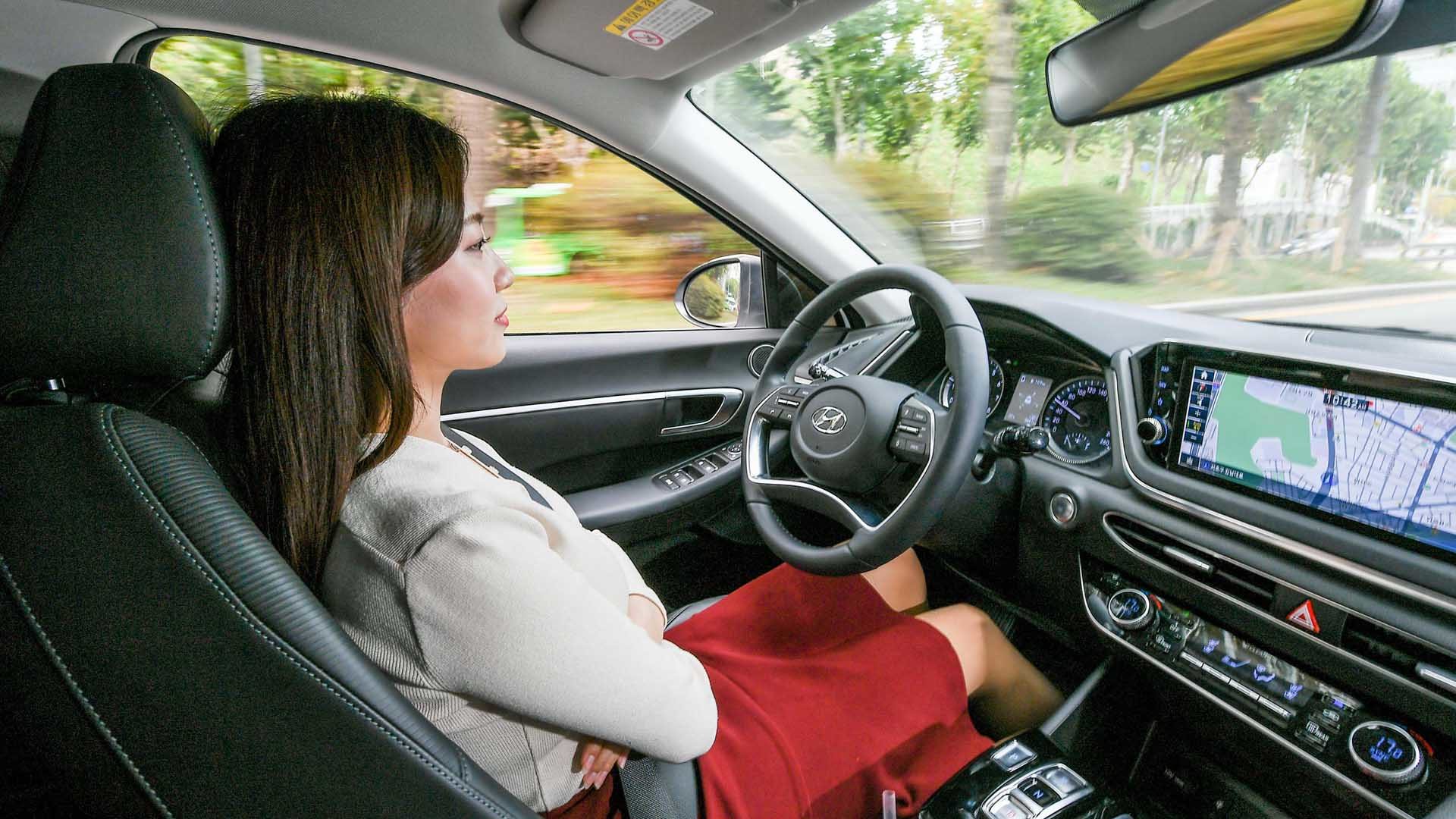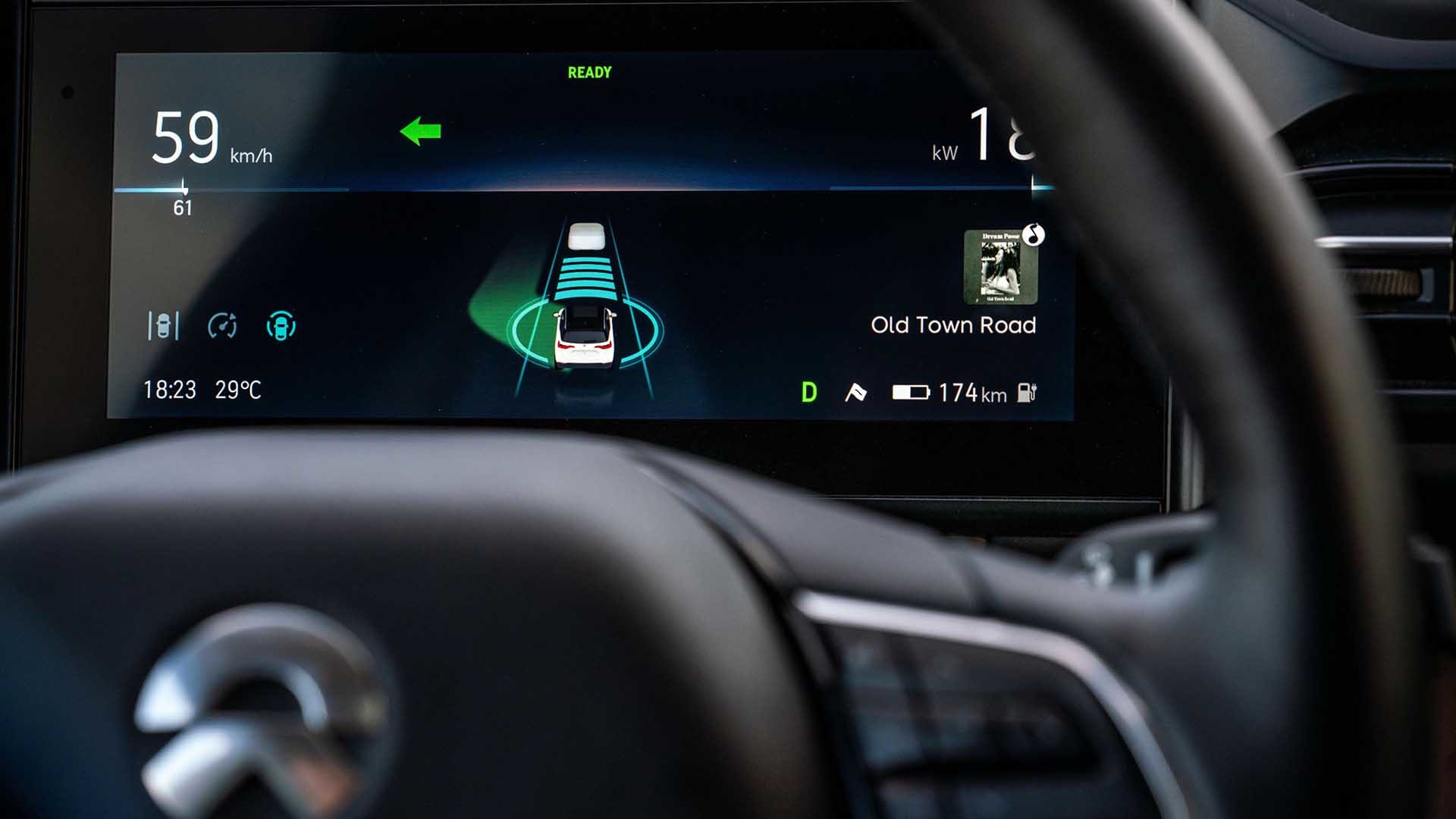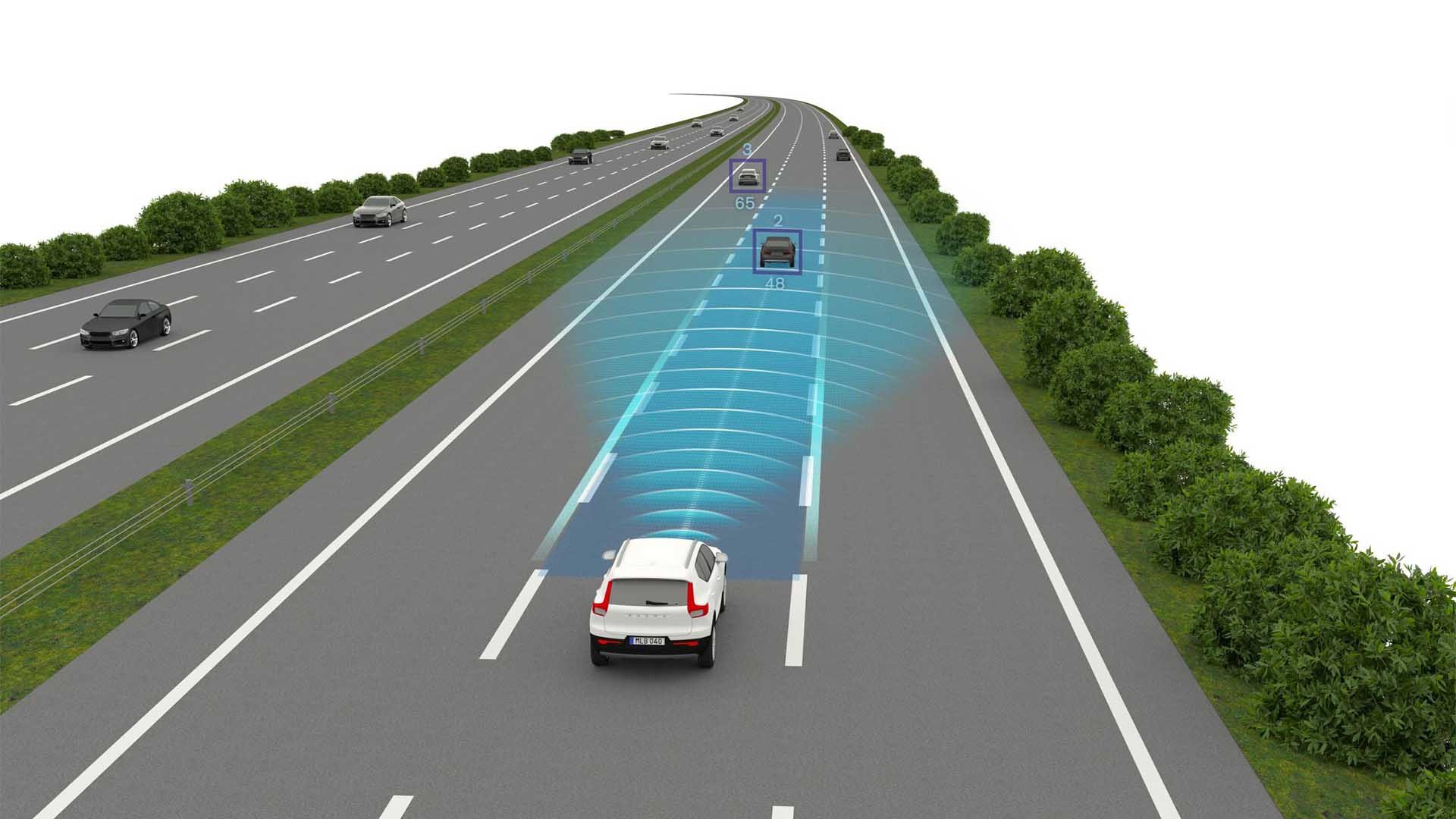
The government has launched a consultation on the use of Automated Lane Keeping System (ALKS) on Britain’s motorways.
But what is ALKS and what role will it play in the future of driving in the UK?
The Centre for Connected & Autonomous Vehicles (CCAV) offers the following definition for ALKS:
‘A system for low-speed application which is activated by the driver and which keeps the vehicle within its lane for travelling speed of 60kph or less by controlling the lateral and longitudinal movements of the vehicle for extended periods without the need for further driver input.’
‘Traffic jam chauffeur’
If that’s a bit wordy, ALKS has been described by the Department for Transport (DfT) and PSA Group as a ‘traffic jam chauffeur’. In other words, the car is able to drive autonomously on motorways by adapting its speed to that of the surrounding traffic and speed limit.
A hybrid of adaptive cruise control and lane-keeping assistance, if you like.
It allows the driver to delegate the driving to the vehicle under certain circumstances. This is distinct from the current driver assistance systems, where the driver must remain in control of the vehicle at all times.
Crucially, ALKS challenges existing laws on the responsibilities of a driver. This is why the government believes changes to legislation and the Highway Code are required before ALKS can be safely used on British roads.
ALKS: the conditions
The issue of speed is important, because the ALKS technology is designed for motorways at speeds of up to 60kph (37mph). There are also conditions that must be met before the system is activated. These are:
- A deliberate action by the driver (i.e. pressing the activation button).
- The driver is in the driving seat with the seatbelt fastened.
- The driver is confirmed as being available.
- There is no failure affecting the safe operation of the ALKS.
- The Data Storage System for Automated Driving (DDSAD) is operational.
- The weather and infrastructure allow for the safe operation of the ALKS.
- The vehicle receives a positive confirmation of system self-check.
- The vehicle is on roads where pedestrians and cyclists are prohibited, and where there’s a physical separation that divides the traffic flowing in opposite directions.

Safety measures will be used to enable the continued operation of the system. For example, it will detect if a driver leaves a seat for more than a second or if the seatbelt isn’t fastened.
It will also check the driver every 30 seconds, monitoring eye blinking, eye closure, conscious head movements and input to driver-exclusive vehicle controls.
ALKS: what happens next?
Although ALKS has been approved by the United Nations Economic Commission for Europe (UNECE), some questions remain. These will need to be answered before the expected roll-out in spring 2021.
There are many questions in the consultation document. Many are focused on education, safety and legislation, such as who is responsible for teaching a driver to use the system, and who is liable in the event of a collision?
Some issues will court controversy, such as whether or not a driver is allowed to perform other activities when ALKS is activated. If they are, what activities would be safe?
Controversially, the government is considering allowing ALKS to operate at speeds of up to 70mph, provided the manufacturer declares that the system is safe to do so.
‘Road safety revolution’
The government argues that ALKS will make our roads safer. Transport secretary Grant Shapps points to the fact that, in 2018, 85 percent of road collisions that resulted in injury involved human error.
He said: “I want the UK to be the first country to see these benefits and to encourage manufacturers to deploy this transformative technology on our roads by delivering the right environment for it to thrive. We are already familiar and comfortable with automation in aircraft and I am keen that we embrace it on our roads.”

This is a view supported by the Society of Motor Manufacturers & Traders (SMMT). Its chief executive Mike Hawes said: “Whilst driverless cars will be many years away, new technology like ALKS – which still require the driver to be alert and able to take control – can have an instant impact in reducing accidents.
“Its introduction will be life-changing, making our journeys safer and smoother than ever before, helping prevent some 47,000 serious accidents and save 3,900 lives over the next decade.
“This advanced technology is ready for roll out in new models from as early as 2021, so the consultation is a welcome step in bringing regulations up to speed so that the UK can be among the first to grasp the benefits of this road safety revolution.”
There’s also support from Edmund King, AA president, who welcomes the consultation. He said: “Over the last 50 years, leading edge in-car technology from seat belts to airbags and ABS has helped to save thousands of lives.
“The government is right to be consulting on the latest collision-avoidance system which has the potential to make our roads even safer in the future.”
The consultation period closes at 11:59pm on 27 October 2020. Click here to read the consultation document and to submit your views.
ALSO READ:
6 surprising ways to cut the cost of car insurance
The important bit is “which still require the driver to be alert and able to take control ” which is the same with a Tesla now and is why there has been accidents in those vehicles. If a driver sits for some time with this system on then they will not be able to “take control” quickly, they will be unaware of what is around them, probably concentrating on other things. Already we see drivers unaware of other road users, not indicating well in advance if at all being a prize example. This sort of system will make matters worse not better. Systems to help the driver are fine, SatNav, HUD, etc but taking away responsibility for driving is fraught with danger.
most accidents are caused by humans with their hands on the wheel. Automated systems will save lives and reduce accidents as they are continuously monitoring road and traffic conditions. People make stupid decisions all the time while driving. People in high performance cars make even more stupid decisions as they belive power gets them out of trouble instead of thinking ahead.